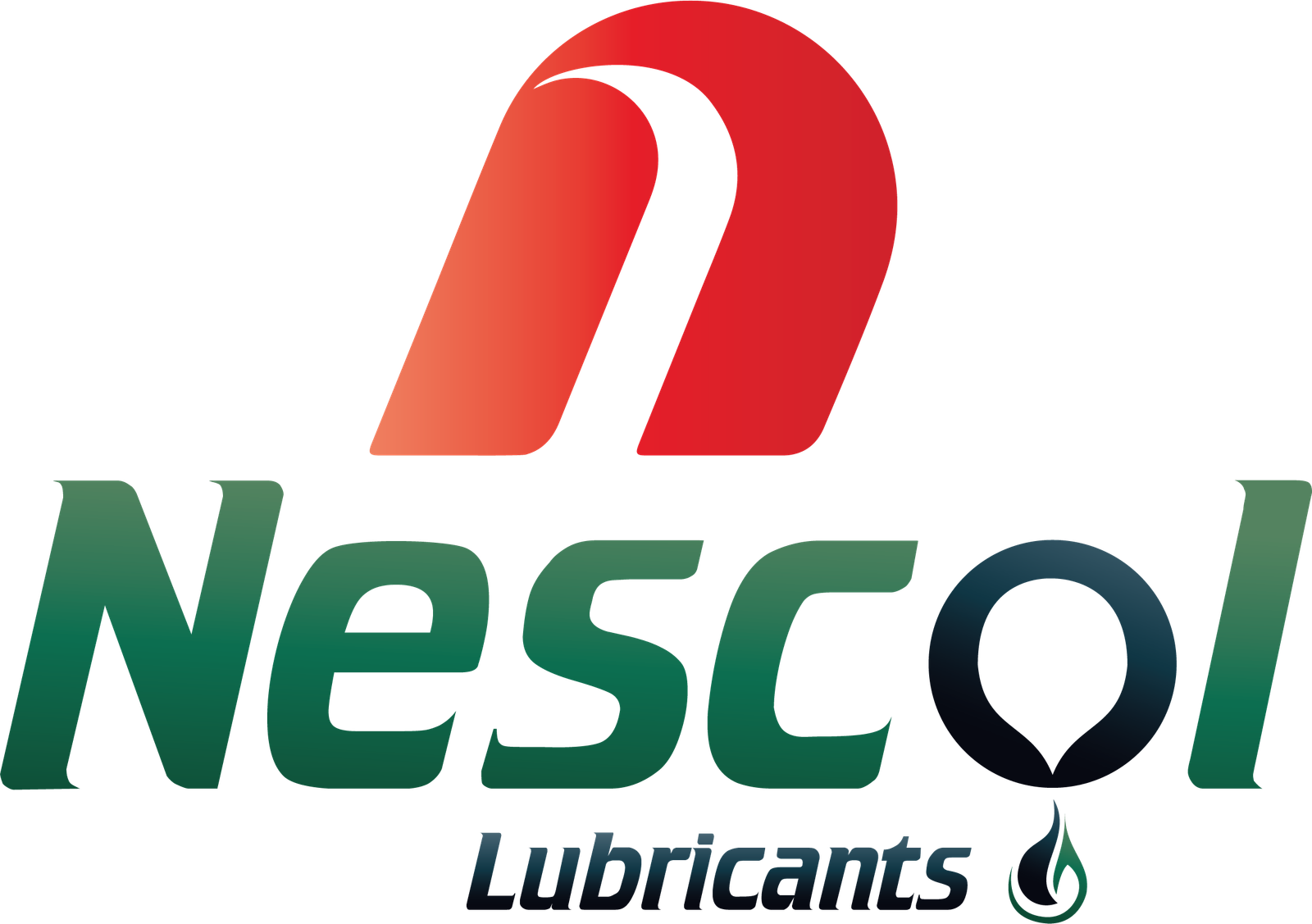Nescol Group 5 Base Oil
- Home
- Group 5 Base Oil
Let’s Start Work
Together
Please feel free to contact us. We will get back to you with 1-2 business days. Or just call us now.
Nescol Group 5 Base Oil: Understanding its Significance and Applications
Base oils, also known as lubricant oils or mineral oils, are the primary components of lubricants used in a wide range of industries. They form the foundation of lubricating greases, engine oils, and various other industrial applications. Nescol Group 5 base oil is one such type of base oil that has gained prominence due to its excellent performance characteristics. This article delves into the details of Nescol Group 5 base oil, discussing its properties, applications, and significance in the lubricants industry.

Nescol Group 5 Base Oil: An Overview
Nescol Group 5 Base Oil Properties
- Low viscosity: Nescol Group 5 base oil has a lower viscosity compared to traditional Group I and II base oils, which results in better fluidity and reduced friction in machinery.
- High thermal stability: The hydrocracking process used to produce Nescol Group 5 base oil enhances its thermal stability, enabling it to withstand high temperatures without breaking down or losing its effectiveness.
- Low pour point: The low pour point of Nescol Group 5 base oil ensures that it remains fluid even in cold temperatures, preventing the formation of wax and maintaining smooth operation in low-temperature conditions.
- High oxidative stability: Nescol Group 5 base oil has a higher resistance to oxidation, which helps to prolong the life of lubricants and protect machinery from wear and tear.
- Low aromatic content: The hydrocracking process also reduces the aromatic content in Nescol Group 5 base oil, making it less volatile and less prone to evaporation.
Nescol Group 5 Base Oil Applications
Nescol Group 5 base oil is widely used in the formulation of automotive and industrial engine oils, providing enhanced performance, fuel efficiency, and protection against wear and tear.
Its excellent viscosity and thermal stability make it an ideal choice for hydraulic systems in various industries, including construction, agriculture, and manufacturing.
Nescol Group 5 base oil’s low viscosity and high oxidative stability make it a preferred choice for gear oils in automotive and industrial applications, ensuring smooth operation and extended gear life.
The low pour point and high thermal stability of Nescol Group 5 base oil make it suitable for use in compressor oils, protecting the equipment from wear and ensuring efficient operation.
Nescol Group 5 base oil’s excellent lubricating properties make it a popular choice for metalworking fluids, reducing friction, wear, and heat generation during cutting, forming, and other metalworking processes.
Nescol Group 5 Base Oil Benefits
- Improved fuel efficiency: The low viscosity of Nescol Group 5 base oil results in reduced friction and improved fuel economy in engines.
- Enhanced machinery protection: The high thermal and oxidative stability of Nescol Group 5 base oil helps protect machinery from wear and tear, extending the life of equipment.
- Reduced environmental impact: The low aromatic content and high oxidative stability of Nescol Group 5 base oil contribute to reduced emissions and a lower environmental footprint.
- Increased performance and reliability: The superior properties of Nescol Group 5 base oil lead to improved performance and reliability in various industrial applications.
Conclusion and Future Outlook
Nescol Group 5 base oil has emerged as a high-performance lubricant oil due to its unique properties and wide range of applications. Its low viscosity, high thermal stability, low pour point, and high oxidative stability make it an ideal choice for various industries, including automotive, manufacturing, and construction. By incorporating Nescol Group 5 base oil in lubricants, users can experience improved fuel efficiency, enhanced machinery protection, and reduced environmental impact, ultimately leading to increased performance and reliability in their operations.
FAQs
Nescol Group 5 base oil is used in automotive, manufacturing, construction, agriculture, and various other industries.
